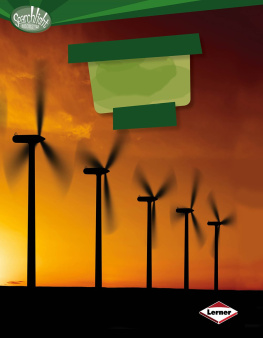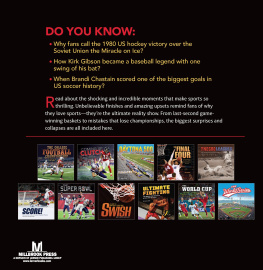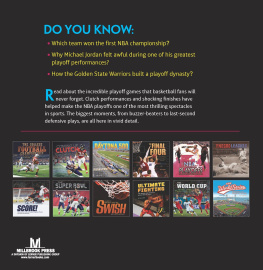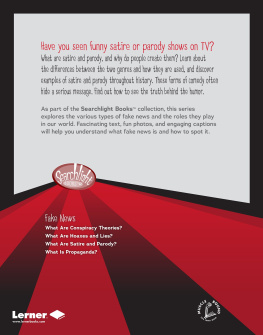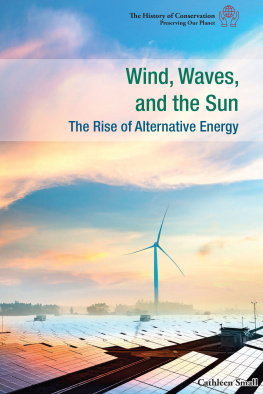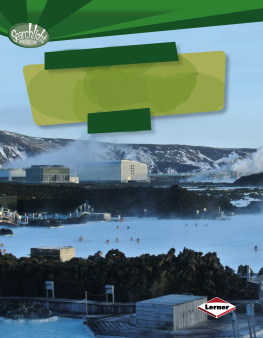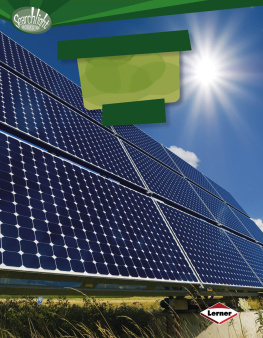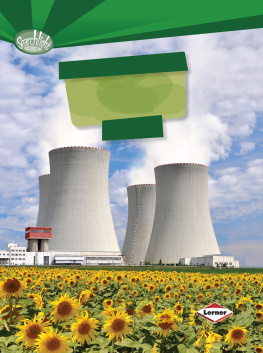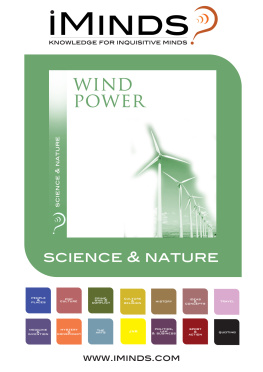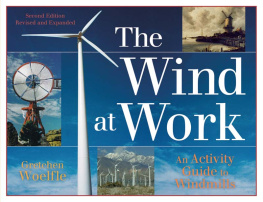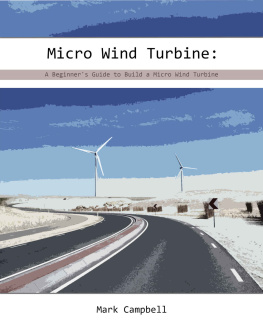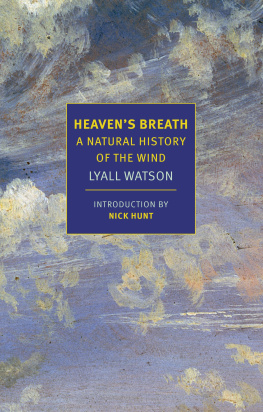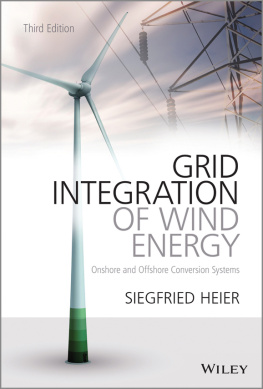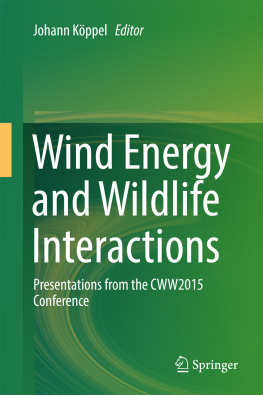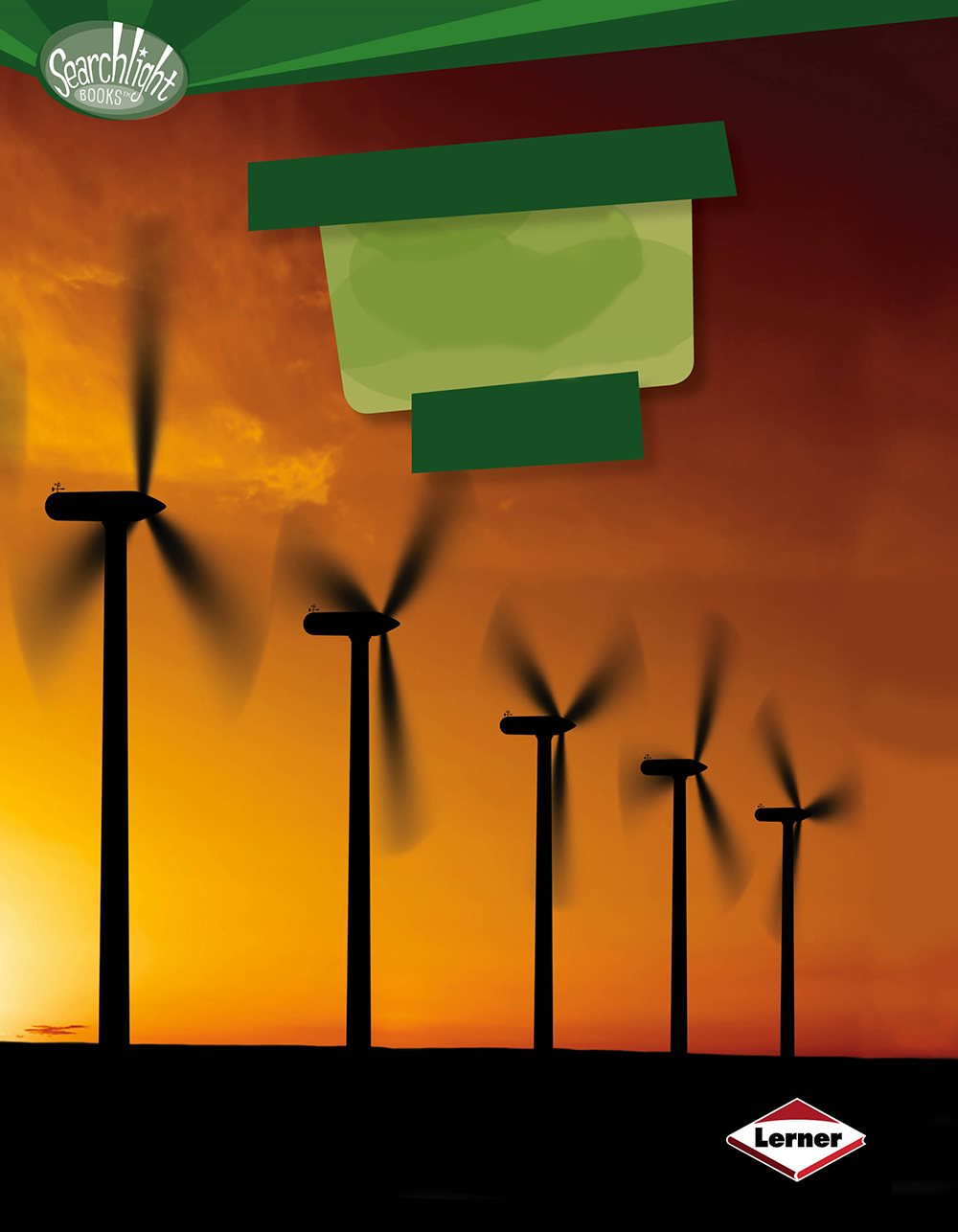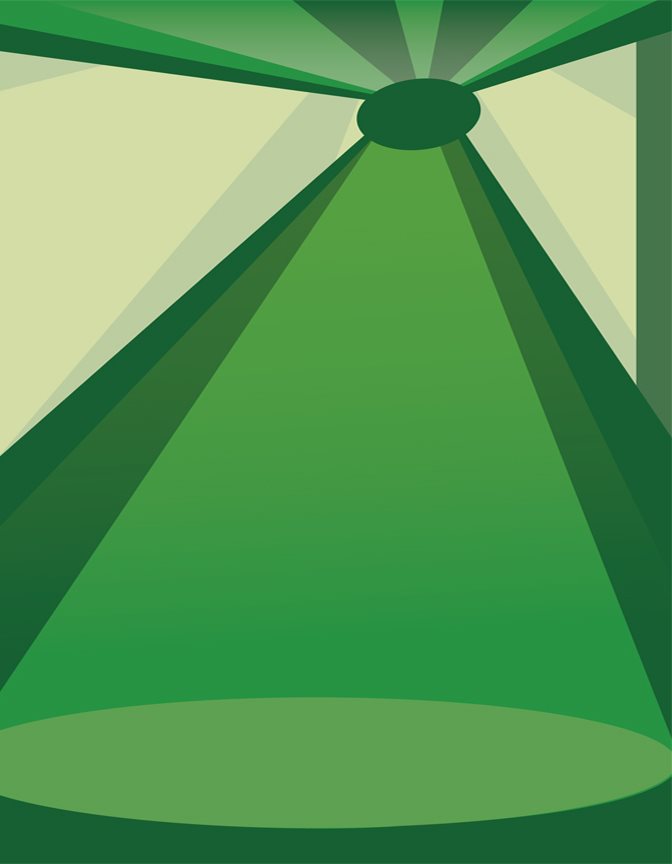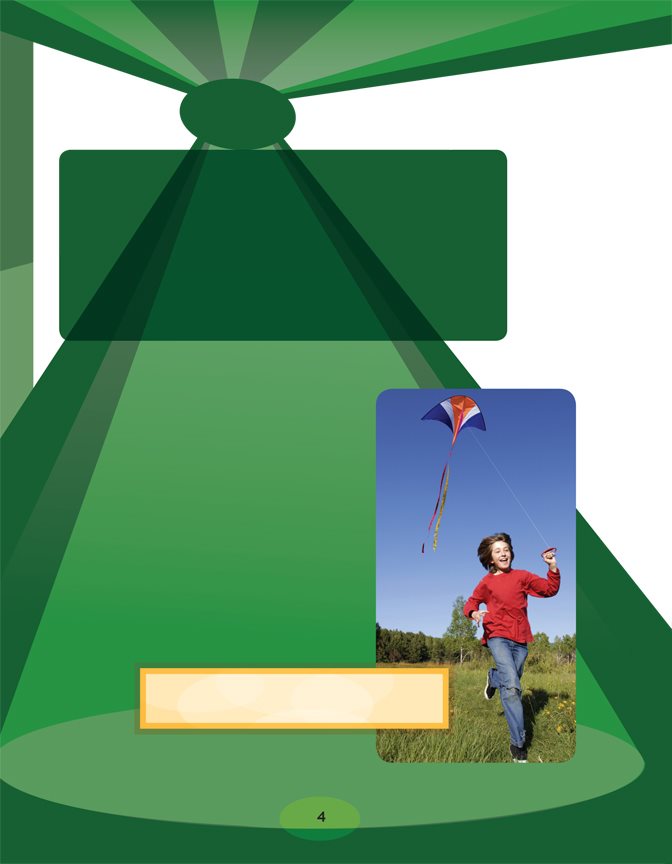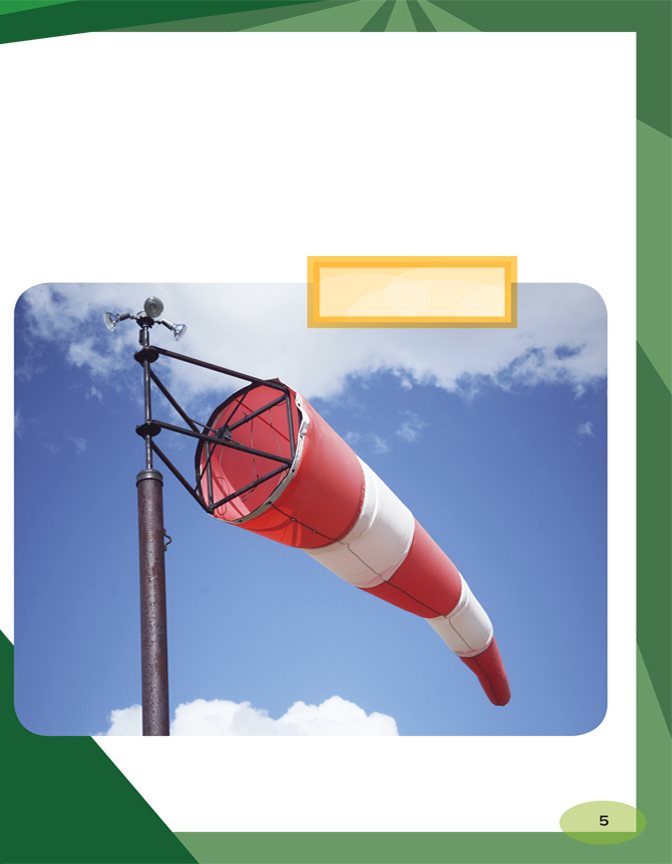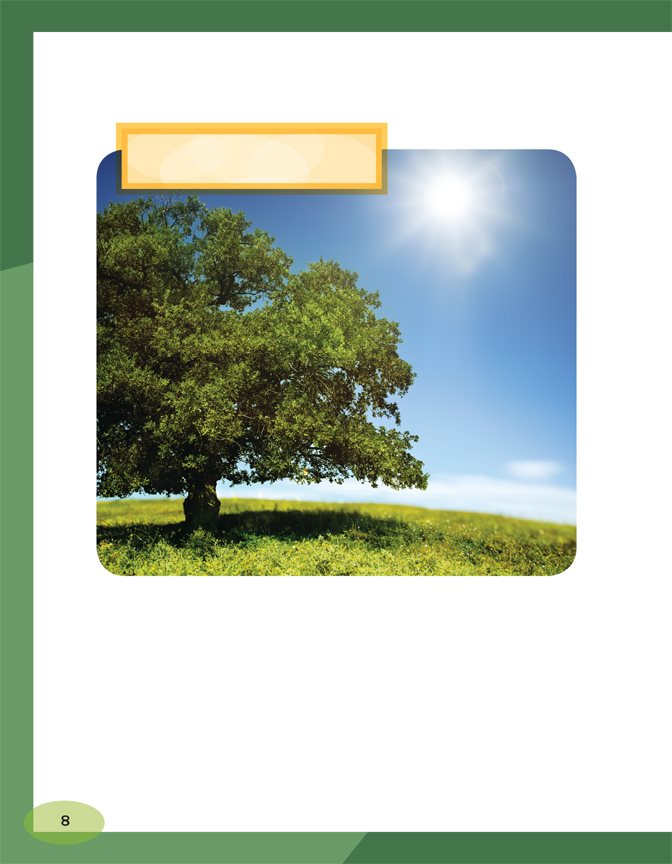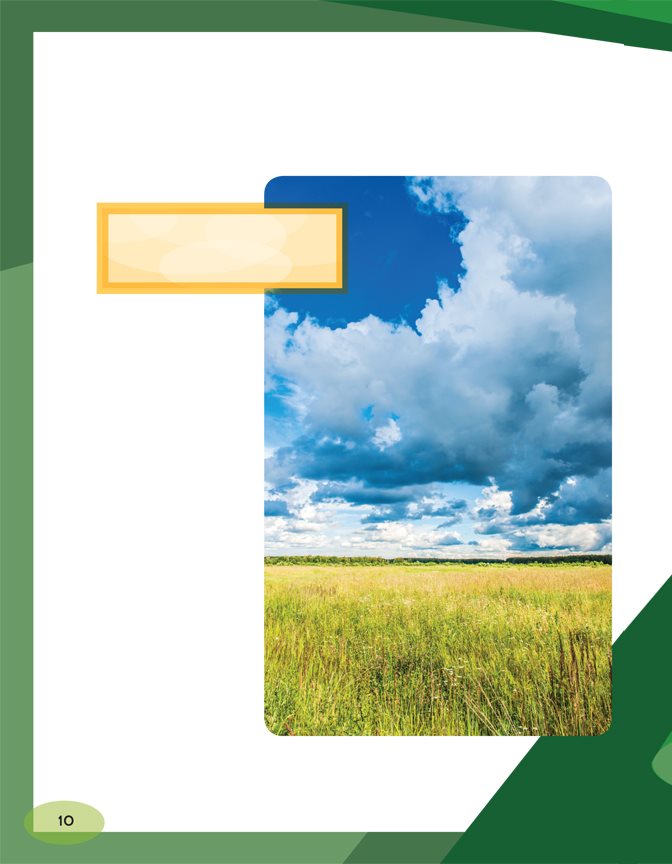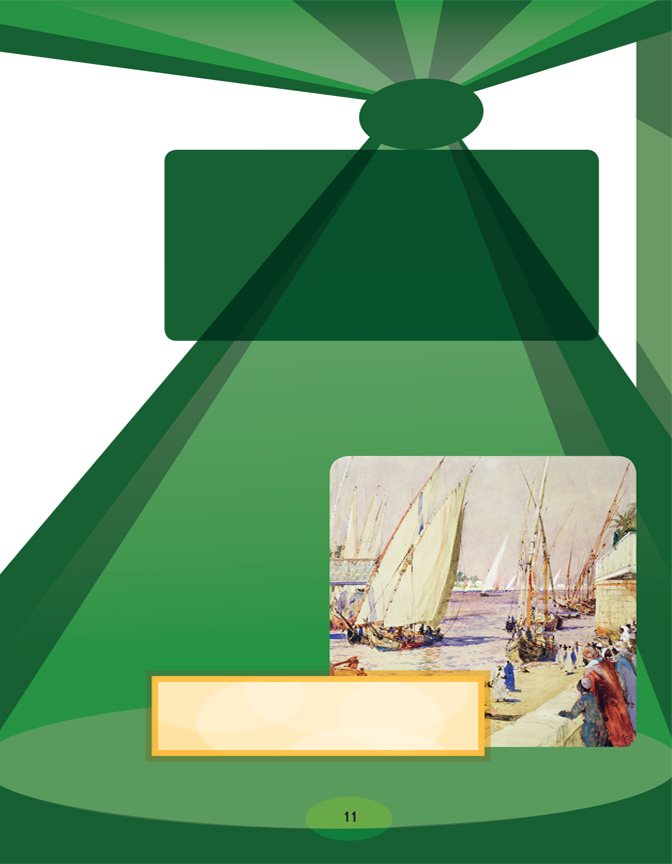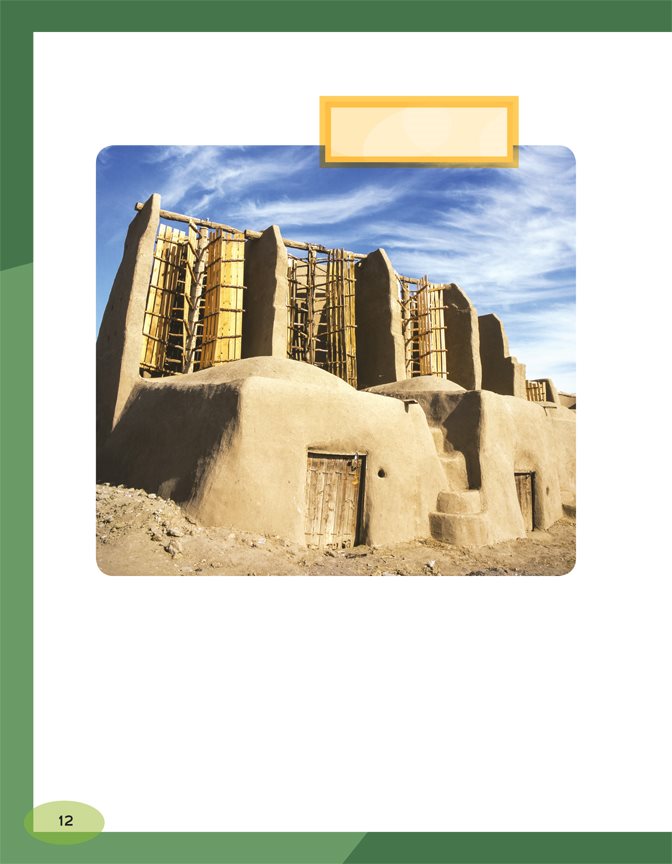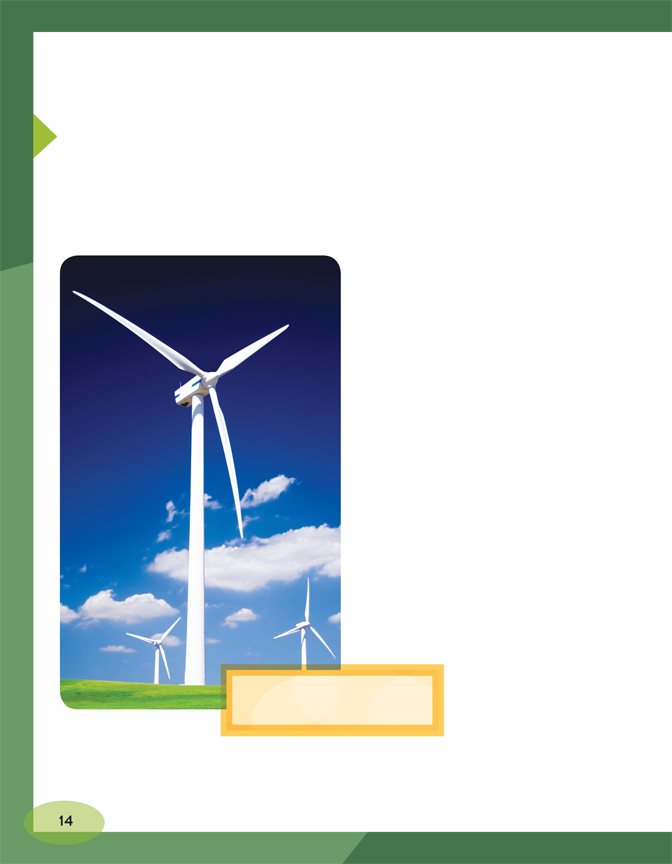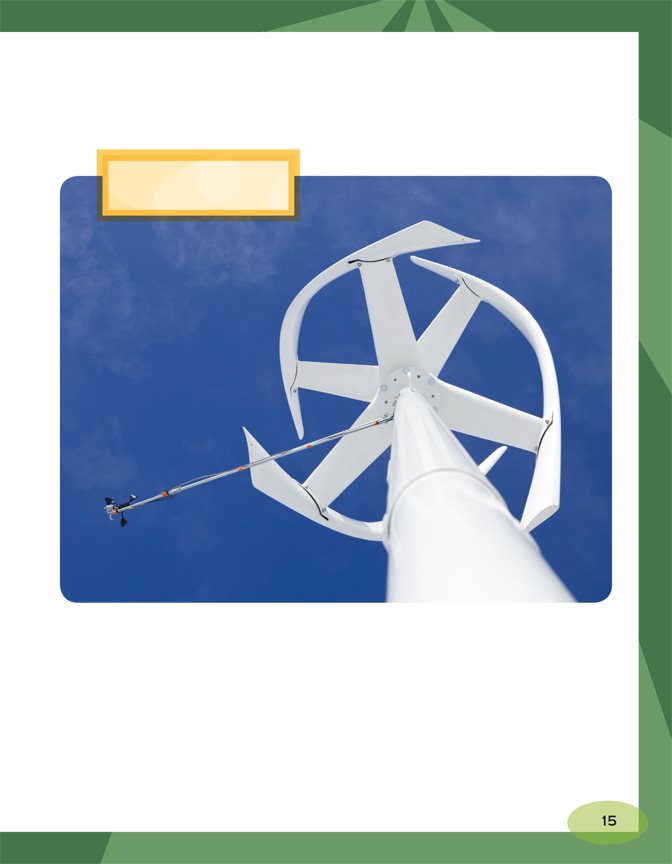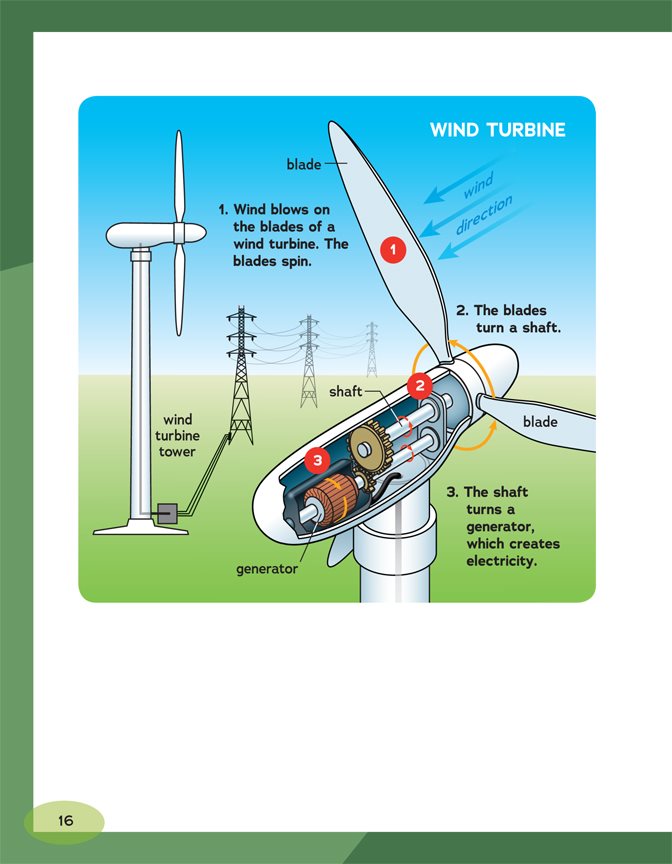Finding Out about
Wind
Energy
Matt Doeden
Copyright 2015 by Lerner Publishing Group, Inc.
All rights reserved. International copyright secured. No part of this book may be
reproduced, stored in a retrieval system, or transmitted in any form or by any means
electronic, mechanical, photocopying, recording, or otherwisewithout the prior written
permission of Lerner Publishing Group, Inc., except for the inclusion of brief quotations in
an acknowledged review.
Lerner Publications Company
A division of Lerner Publishing Group, Inc.
241 First Avenue North
Minneapolis, MN 55401 USA
For reading levels and more information, look up this title at www.lernerbooks.com.
Library of Congress Cataloging-in-Publication Data
Doeden, Matt, author.
Finding out about wind energy / by Matt Doeden.
pages cm. (Searchlight books. What are energy sources?)
Includes index.
ISBN 9781467736565 (lib. bdg. : alk. paper)
ISBN 9781467746427 (eBook)
1. Wind powerJuvenile literature. 2. Wind turbinesJuvenile literature. I. Title.
TJ820.D64 2015
333.92dc23
2013041259
Manufactured in the United States of America
1 BP 7/15/14
Contents
WHAT
IS WIND
ENERGY?
COLLECTING WIND
ENERGY
THE PROS AND CONS OF
WIND ENERGY
Chapter
WHAT IS
WIND ENERGY?
Imagine flying a kite on a
breezy day. The kite sails
high above you in the sky.
It dips, climbs, and darts
around. It tugs hard on the
string. A strong enough gust
could even tear the kite from
the string altogether.
Wind energy makes a kite fly. How
else can people use wind energy?
Every movement of the kite is a result of wind energy.
The same energy that lifts the kite can be used to make
electricity that powers your home.
A wind sock flaps
in the breeze.
Where Does Wind Energy Come From?
The power of wind comes from kinetic energy. This
is the energy all moving objects have. The faster
something is moving, the more kinetic energy it has. So a
howling wind has a lot more energy than a gentle breeze.
You have kinetic energy
when you run.
Did you know that the
sun causes wind to blow?
Wind is really just moving air. So where does the air
get all this kinetic energy? It comes from the sun.
Air over land heats up faster
than air over water.
The suns rays warm the air as they beat down on
Earth. But some parts of the world heat up more than
others. Hot air is lighter than cold air. The warmer air
rises. Then heavier cold air rushes in to take its place.
Thats wind!
Where Do We Find Wind Energy?
We can find wind energy almost anywhere. Thats
because wind blows all around the world. But the best
places to find wind energy are where the wind almost
always blows. These places include flat coastal areas.
There, strong winds come off the ocean.
Coastlines are good for making
wind power because strong
winds come off the ocean.
Flat landscapes are
another spot with plenty
of wind energy.
Flat, open plains
are another spot
with lots of wind
energy. Theres
little to stop the
wind as it races
over open plains.
Chapter
COLLECTING
WIND ENERGY
People have been collecting
wind energy for thousands of
years. The ancient Egyptians
used wind
power to move
sailboats along
the Nile River.
This was about five
thousand years ago or
even earlier.
People have used wind energy
since ancient times. How did the
ancient Egyptians use it?
This photo shows
early windmills.
Later, people in China and other parts of the world
began building windmills. The wind spun the blades on
the windmills. The spinning blades powered tools such as
millstones. These large stones milled, or crushed, grain.
Windmills remained a way to collect wind energy into
the twentieth century. Some still exist. But these days, we
have a more efficient tool for collecting energy from wind.
This old- fashioned
windmill is still in use.
The Wind Turbine
The turbine is the tool we use today to collect wind
energy. Turbines can produce electricity from wind.
There are two main types of wind turbines. They
are called horizontal-
axis turbines and
vertical- axis turbines.
Horizontal- axis turbines
are the most common.
They look a little like
old- fashioned windmills.
Blades are attached
to a shaft that spins
horizontally. The
blades spin vertically.
These turbines can be
very large. The biggest
ones stand feet
(122 meters) or taller.
These are horizontal-
axis turbines.
This is a vertical-
axis turbine.
Vertical- axis turbines have shafts that stand vertical
to the ground. The blades spin around the shafts. The
spinning blades look a little like an eggbeater.

